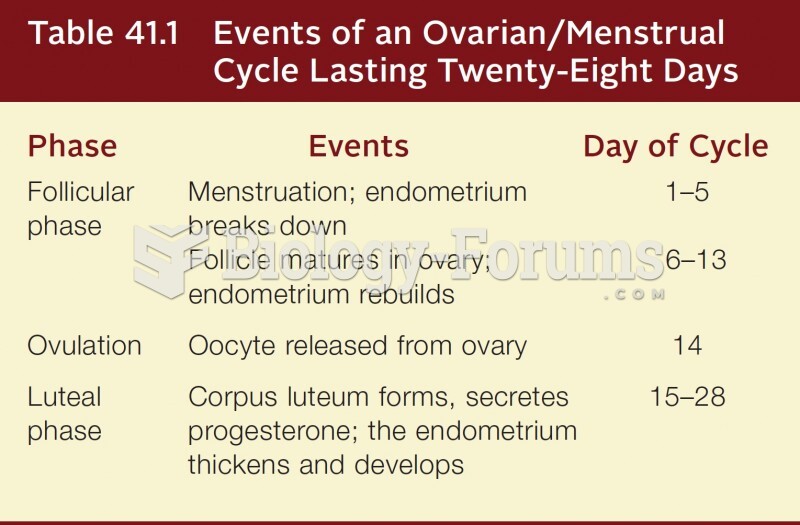Answer to Question 1
Business process management (BPM) is a cyclical process for systematically creating, assessing, and altering business processes. This cycle begins by creating a model of the existing business process, called an as-is model. Then, business users who are involved in the process and business and systems analysts evaluate that model and make improvements. The next stage is to create system components. In this activity, the team designs changes to the business process at a depth sufficient for implementation. If the business process involves new information systems, or changes to existing information systems, then systems development projects are created and managed at this stage. In the third stage, new business processes or changes to existing business processes are implemented. Here, process actors are trained on the activities that they will perform and on the IS procedures that they will use. In the assessment stage, policy, procedures, and committees are created to continually assess business process effectiveness. The Information Systems Audit and Control Association has created a set of standard practices called COBIT (Control Objectives for Information and related Technology) that are often used in the assessment stage of the BPM cycle. When the assessment process indicates that a significant need for change has arisen, the BPM cycle is repeated and adjusted. New process models are developed, and components are created, implemented, and assessed.
Answer to Question 2
Processes are dynamic and often need to be changed. This need can arise because the quality of a process requires improvement, because of a change in technology, or because of a change in some business fundamentals. Process management is necessary for the following reasons:
Improve process qualityThe need to monitor process quality and adjust process design, as appropriate, is one reason that processes need to be managed.
Change in technologyWhen new technology changes any of a process's activities in a significant way, the entire process needs to be evaluated. That evaluation is another reason for managing processes.
Change in business fundamentalsA substantial change in any of the following factors might result in the need to modify business processes:
- Market (e.g., new customer category, change in customer characteristics)
- Product lines
- Supply chain
- Company policy
- Company organization (e.g., merger, acquisition)
- Internationalizatio n
- Business environment
 The stages of labor and delivery. (A) During the dilation stage the cervix thins and dilates to 10 c
The stages of labor and delivery. (A) During the dilation stage the cervix thins and dilates to 10 c
 Healed bone fractures can provide clues about activities and fresh fractures can yield information a
Healed bone fractures can provide clues about activities and fresh fractures can yield information a





